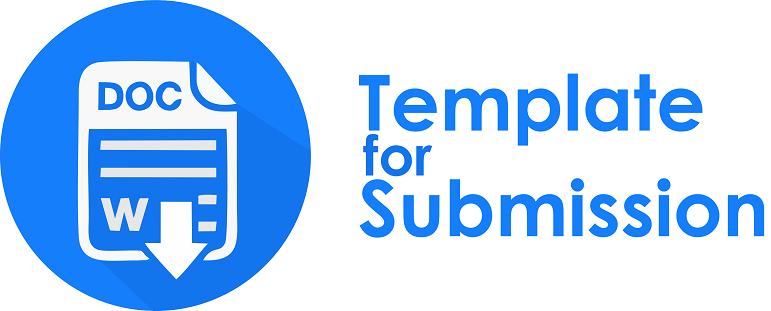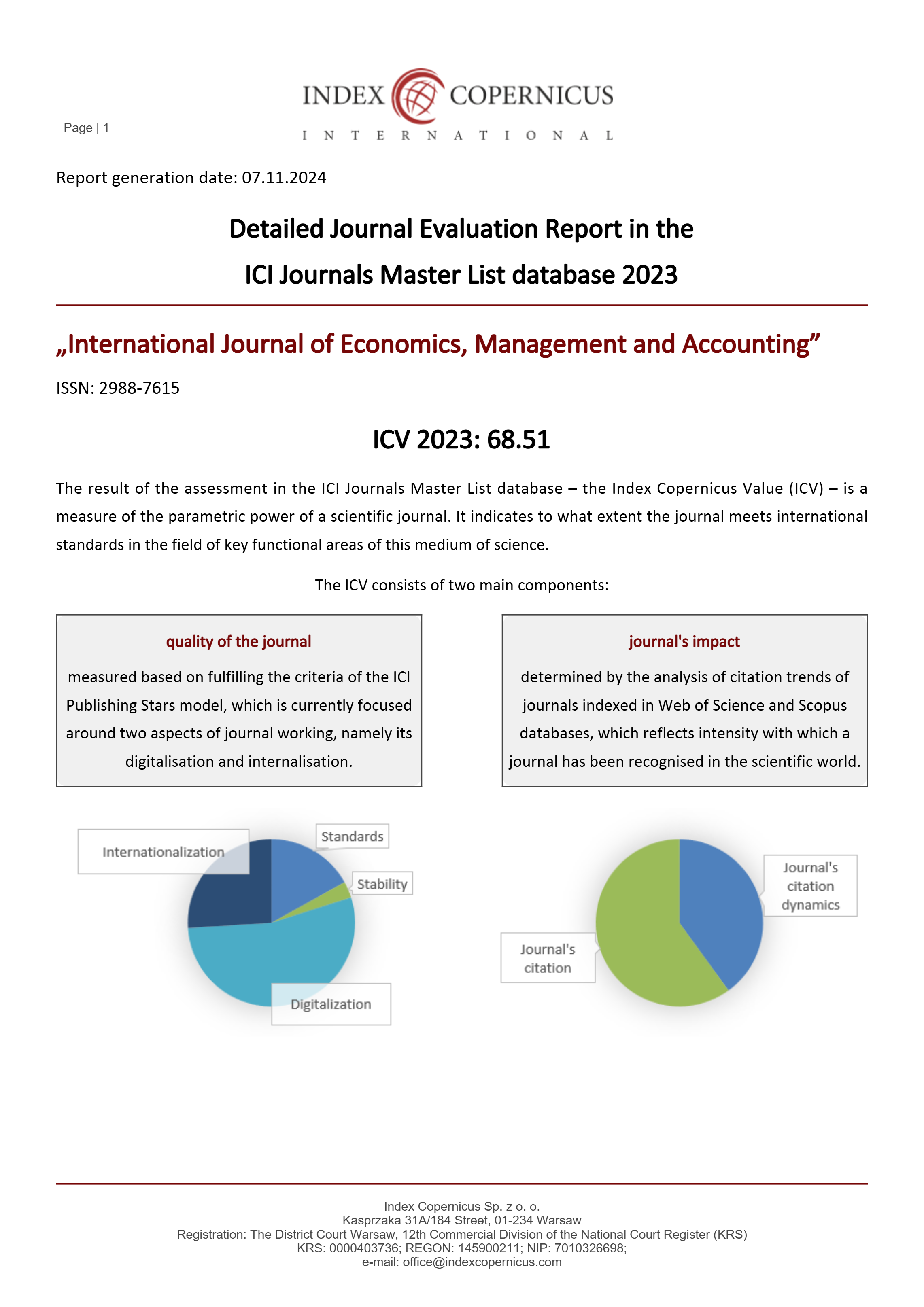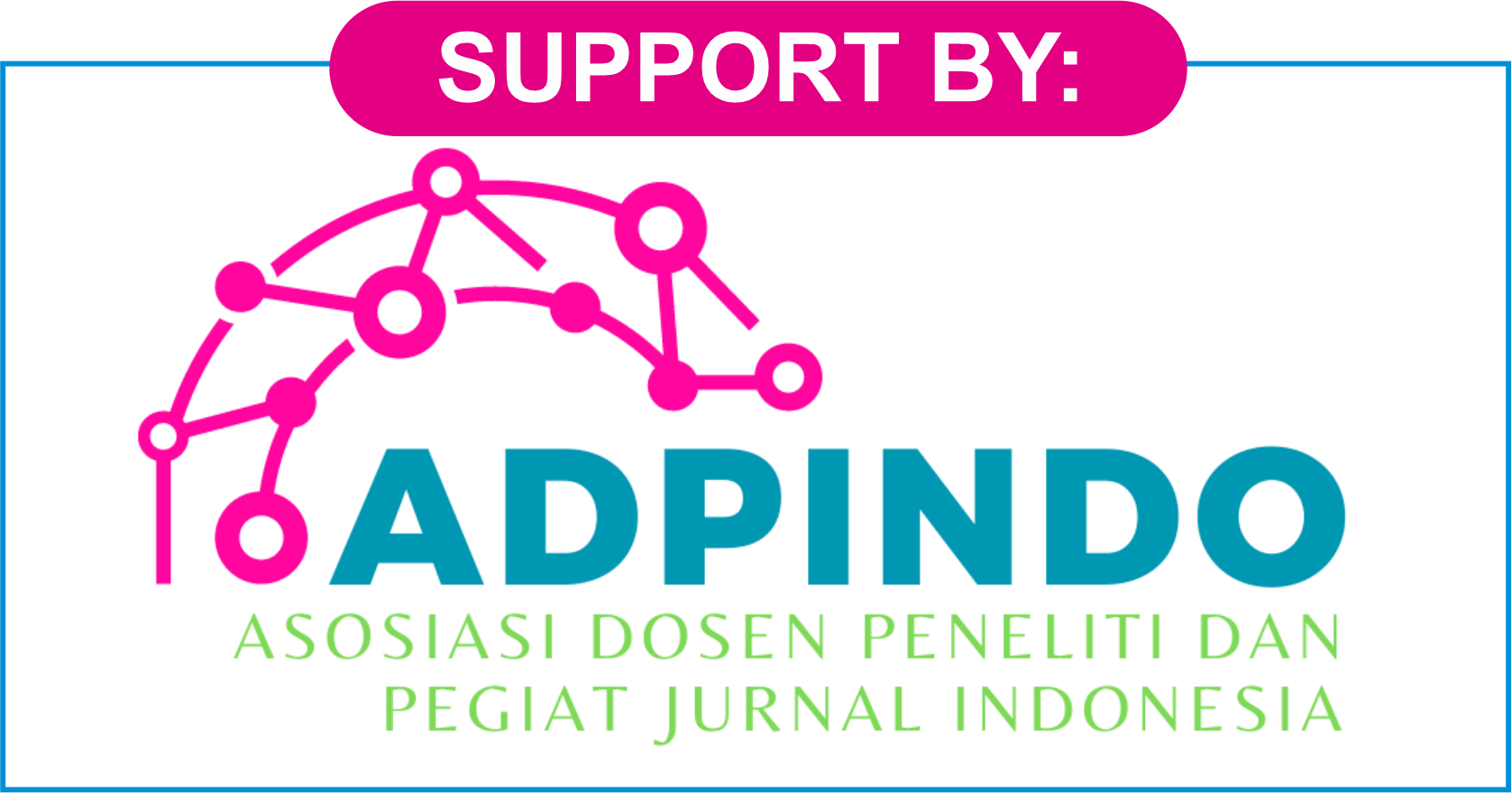Analysis of Economic and Social Demographic Factors That Influence the Dependency Ratio on the Island of Sumatra
DOI:
https://doi.org/10.47353/ijema.v1i7.83Keywords:
Dependency ratio, Education level, Proportion of married women who use contraception, Life expectancy, Per capita income, Labor forceAbstract
This study aims to analyze the influence of education level, the proportion of married women who use birth control, life expectancy, per capita income, labor force on the dependency ratio. The method and analytical tools used in this research are panel data regression. The dependent variable used is the dependency ratio and the independent variables are education level, proportion of married women who use birth control, life expectancy, per capita income, labor force. The best model obtained is the Random Effect Model. The research results show that regardless of education level, the proportion of married women who use birth control, life expectancy, per capita income, labor force have a positive and significant effect on the dependency ratio on Sumatra Island.
Downloads
References
Behrendt, Christina, and Quynh Anh Nguyen. 2018. “Innovative Approaches for Ensuring Universal Social Protection for the Future of Work”, ILO Future of Work Research Paper Series 1. Geneva: International Labour Organization. https://www.ilo.org/global/topics/future-of-work/publications/WCMS_629864/lang--en/index.html
Bussolo, Maurizio, Johannes Koettl, and Emily Sinnott. 2015. Golden Aging: Prospects for Healthy, Active, and
Prosperous Aging in Europe and Central Asia. The World Bank. https://doi.org/10.1596/978-1-4648-0353-6
Clark, Robert L., and Richard. Anker. 1990. “Labour Force Participation Rates of Older Persons: An International Comparison”, Population and Labour Policies Programme Working Paper No. 171, ILOWEP 2-21 (171). https://www.ilo.org/public/libdoc/ilo/1990/90B09_25_engl.pdf
Elder, Sara, and Sriani Kring. 2016. “Young and Female – a Double Strike? Gender Analysis of School-toWork Transition Surveys in 32 Developing Countries”, Work4Youth Publication Series, No. 32.
Eurofound. 2012. Income from Work after Retirement in the EU. EF, 12/59 EN. Luxembourg: Publications Office of the European Union [u.a.].
International Labour Organization (ILO). 2012. Understanding Deficits of Productive Employment and Setting Targets: A Methodological Guide. Geneva: ILO. https://www.ilo.org/wcmsp5/groups/public/---ed_emp/documents/publication/wcms_177149.pdf
———. 2016a. Women at Work: Trends 2016. Geneva: International Labour Office.
———. 2016b. “Non-Standard Employment around the World: Understanding Challenges, Shaping Prospects.” Report. Geneva: International Labour Office. http://www.ilo.org/wcmsp5/groups/public/---dgreports/---dcomm/---publ/documents/publication/wcms_534326.pdf
———. 2017a. “Labour Force Estimates and Projections: 1990–2050 (2017 Edition). Methodological Description.” Geneva.
———. 2017b. World Social Protection Report 2017–19: Universal Social Protection to Achieve the Sustainable Development Goals. Geneva: ILO. https://labordoc.ilo.org/view/delivery/41ILO_INST/1251629030002676
———. 2018a. “Care Work and Care Jobs for the Future of Decent Work.” Geneva: International Labour Office. https://www.ilo.org/wcmsp5/groups/public/---dgreports/---dcomm/---publ/documents/publication/wcms_633135.pdf
Kost, Gerald J. et al. 2003. “Demographic Trends, Health Economics, and Rapid Response in Southeast Asia.” Point of Care: The Journal of Near-Patient Testing & Technology.
Setyo Adioetomo, Sri Moertiningsih. 2005. “Bonus Demografi: Menjelaskan Hubungan Antara Pertumbuhan Penduduk Dengan Pertumbuhan Ekonomi.” Pidato Pengukuhan Guru Besar Tetap dalam Bidang Ekonomi Kependudukan (April).
Downloads
Published
How to Cite
Issue
Section
License
Copyright (c) 2023 Dicky Randika Aji, Emi Maimunah, S.E., M.Si., Dr. Dedy Yuliawan, S.E., M.Si., Zulfa Emalia, S.E., M.Sc.

This work is licensed under a Creative Commons Attribution 4.0 International License.











